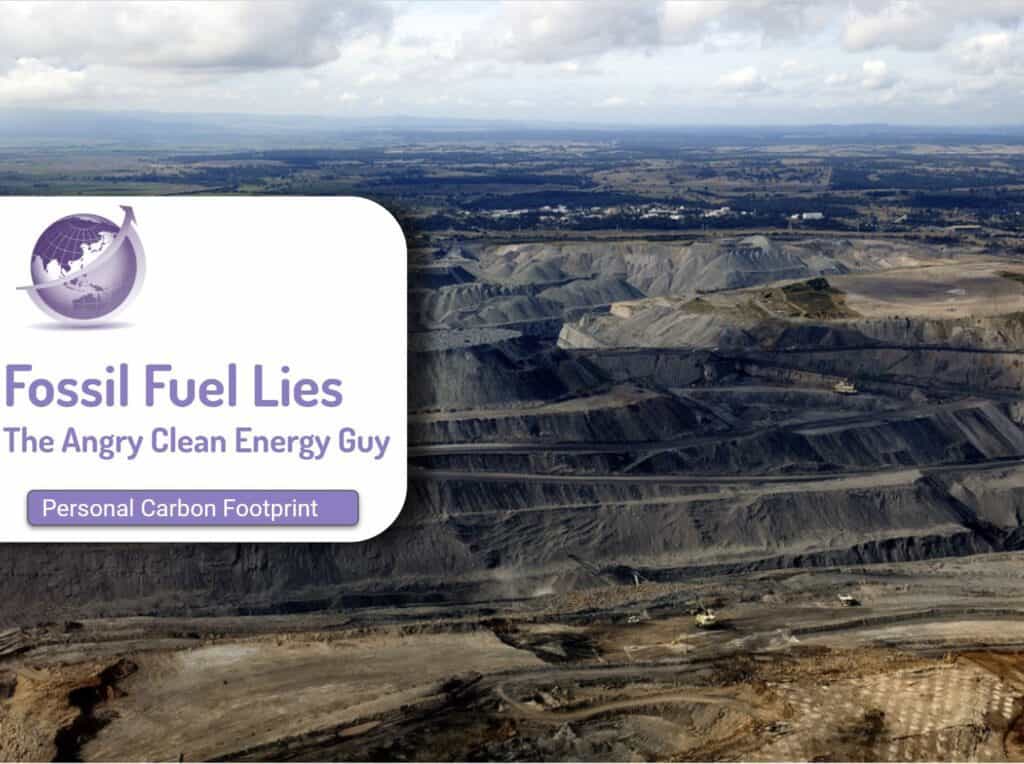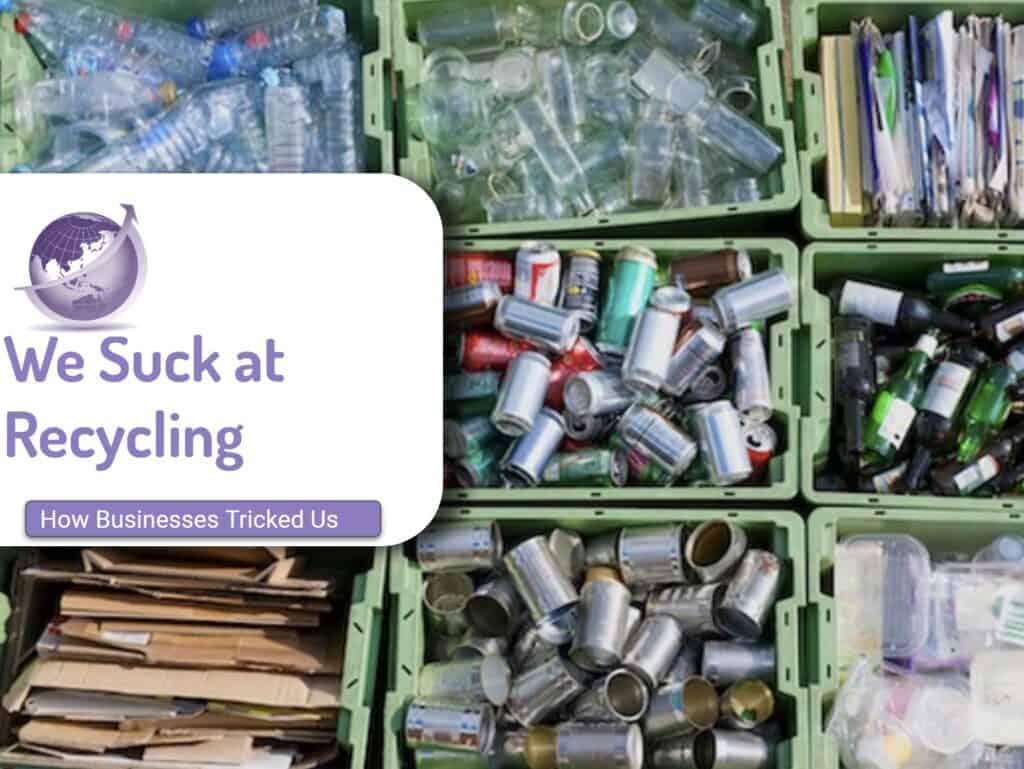The embodied carbon footprint of wind turbines in manufacture can be paid back in just 2-6 months of operation (for wind) or 1 year (for solar), then free energy for another 19 years. Some is even faster. So don’t believe those who claim wind turbines is bad for the environment, or LCA is over 4 years.
The greenhouse gas payback time of wind turbines in northwestern Europe varied between 1.8 and 22.5 months, averaging 5.3 months.
Chaouki Ghenai (Lifecycle analysis 2012)
Cost of Fuel
The cost of fuel for wind turbines is free. There may be costs for land leasing and servicing, but essentially the majority of the cost is upfront in the manufacture of the turbine.
- Cost of fuel at project initiation = $0
- Cost of fuel in 30 years = $0
- Cost of energy = (cost to construct + maintenance) ÷ lifetime of plant. the LCOE (Lazard 2022 v15.0) is $26-$50
Lifecycle Analysis
To conduct a life cycle assessment of a wind turbine, or any other product, researchers begin by diagramming each stage of its existence, from manufacturing through end-of-life disposal. Next, they inventory the energy and raw materials consumed at each stage, such as the steel, fiberglass, and plastic needed during a wind turbine’s manufacturing, the diesel burned by ships and trucks in transporting turbine parts from factory to construction site, and the energy used during construction, operation, maintenance, and eventual deconstruction and recycling or disposal.
With this information in hand, researchers calculate the carbon pollution produced during a wind turbine’s life cycle — in other words, its carbon footprint.

Carbon Footprint of Wind Turbines Multiple LCA
Multiple studies show the same outcome
| Study Year | Location | Configuration | Rated Power (MW) | Emissions gCO2-eq/kWh |
|---|---|---|---|---|
| 2019 | Texas, USA | onshore | 2 | 4.9 |
| 2018 | United Kingdom | onshore | 1.5 | 11.8 |
| 2018 | China | offshore | 3.6 | 25.5 |
| 2018 | China | onshore | 1.5, 0.75 | 8.7 |
| 2016 | Europe | onshore | 2.3 | 6 |
| 2016 | Europe | onshore | 3.2 | 5 |
| 2016 | Europe | offshore | 4 | 10.9 |
| 2016 | Europe | offshore | 6 | 7.8 |
| 2013 | global | onshore | 2 | 8 |
| 2012 | – | – | 2 | 9.7 |
| 2012 | – | – | 1.8 | 8.8 |
Compare with Gas or Coal
- Fossil methane (natural gas) = 437 to 758 grams of CO2-equivalent per kWh
- Coal-fired power plants = 675 to 1,689 grams of CO2-equivalent per kWh.
Technology Vs Fuel
A crucial difference between fossil fuels and wind turbines is coal or natural gas plant burns fuel — and releases carbon dioxide — every moment that it runs.
In contrast, most of the carbon pollution generated during a wind turbine’s life occurs during manufacturing. Once it’s up and spinning, the turbine generates close to zero pollution.
Cleaner Grid – Wind Displaces Fossil Fuel
What’s more, wind turbines often displace older, dirtier sources that supply power to the electricity grid. For example, after a new wind farm connects to the grid, the grid operator may be able to meet electricity demand without firing up a decades-old, highly polluting coal plant. The result? A cleaner, more climate-friendly electricity grid.
Carbon Footprint Improves over Time
Significantly the energy mix tilts in favour of renewable energy over time as the energy mix used to manufacture wind turbines (and PV cells & panels) will also see a reduction in carbon intensity, resulting in an even smaller carbon footprint.
Recycling of Wind Turbines
An argument is often raised that wind turbines cannot be recycled. The data shows wind turbines are either repurposed (sent from Europe to Africa) or 85% recycled. Modern technology now is addressing the turbine itself and new blades are being made to be 100% recycled.
Wind turbine companies do Life Cycle Assessments that are independently verified.
Payback Periods of Wind Turbines
- Siemens pdf A clean energy solution – from cradle to grave The lifecycle energy consumption cradle to grave including foundations, cable to grid and substations is 20,900 megawatt hours. Since an 8 MW offshore turbine will generate approximately 34,000 MWh of electricity per year, it has an energy payback of 7.4 months.
- In the Life Cycle Assessment of onshore and offshore wind energy written by Alexandra Bonou M.Sc. Environmental Engineering, she finds an energy payback for a 6 MW offshore turbine of 10 months. This is not significantly different than SGRE’s number (7.4 months).
- Two independent LCAs, similar results.
References
- Smoucha, Emily & Fitzpatrick, Kate & Buckingham, Sarah & Knox, Oliver. (2016). Life Cycle Analysis of the Embodied Carbon Emissions from 14 Wind Turbines with Rated Powers between 50 Kw and 3.4 Mw. Journal of Fundamentals of Renewable Energy and Applications. 6. 10.4172/2090-4541.1000211. http://dx.doi.org/10.4172/2090-4541.1000211
- de Wild-Scholten, Mariska. (2013). Energy payback time and carbon footprint of commercial photovoltaic systems. Solar Energy Materials and Solar Cells. 119. 296-305. 10.1016/j.solmat.2013.08.037. http://dx.doi.org/10.1016/j.solmat.2013.08.037
- Space, Time, and Size Dependencies of Greenhouse Gas Payback Times of Wind Turbines in Northwestern Europe 2019 https://pubs.acs.org/doi/10.1021/acs.est.9b01030
- Wind turbine energy claim is all spin and no power https://www.aap.com.au/factcheck/wind-turbine-energy-claim-is-all-spin-and-no-power/
- Life cycle assessment of onshore and offshore wind energy-from theory to application https://www.sciencedirect.com/science/article/abs/pii/S0306261916309990
- Life cycle assessment of two different 2 MW class wind turbines https://www.sciencedirect.com/…/abs/pii/S0960148111002254
- What’s the carbon footprint of a wind turbine? https://yaleclimateconnections.org/2021/06/whats-the-carbon-footprint-of-a-wind-turbine/
- Smoucha, Emily & Fitzpatrick, Kate & Buckingham, Sarah & Knox, Oliver. (2016). Life Cycle Analysis of the Embodied Carbon Emissions from 14 Wind Turbines with Rated Powers between 50 Kw and 3.4 Mw. Journal of Fundamentals of Renewable Energy and Applications. 6. 10.4172/2090-4541.1000211. http://dx.doi.org/10.4172/2090-4541.1000211
- Ghenai, Chaouki. (2012). Life Cycle Analysis of Wind Turbine. 10.5772/29184. https://www.researchgate.net/publication/221926189_Life_Cycle_Analysis_of_Wind_Turbine
- Energy Payback & Return on Energy Vestas 2024 https://www.vestas.com/en/sustainability/environment/energy-payback










